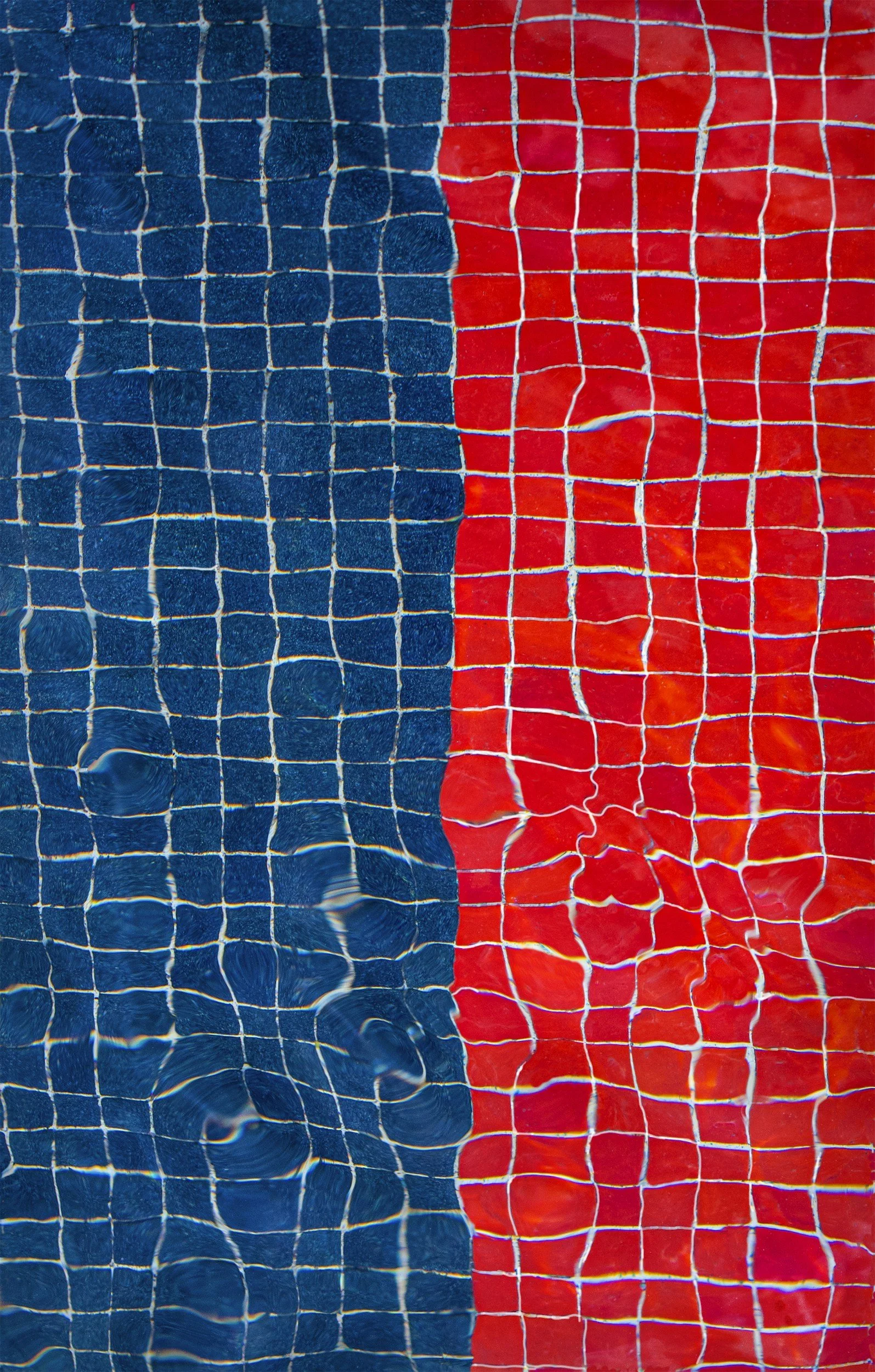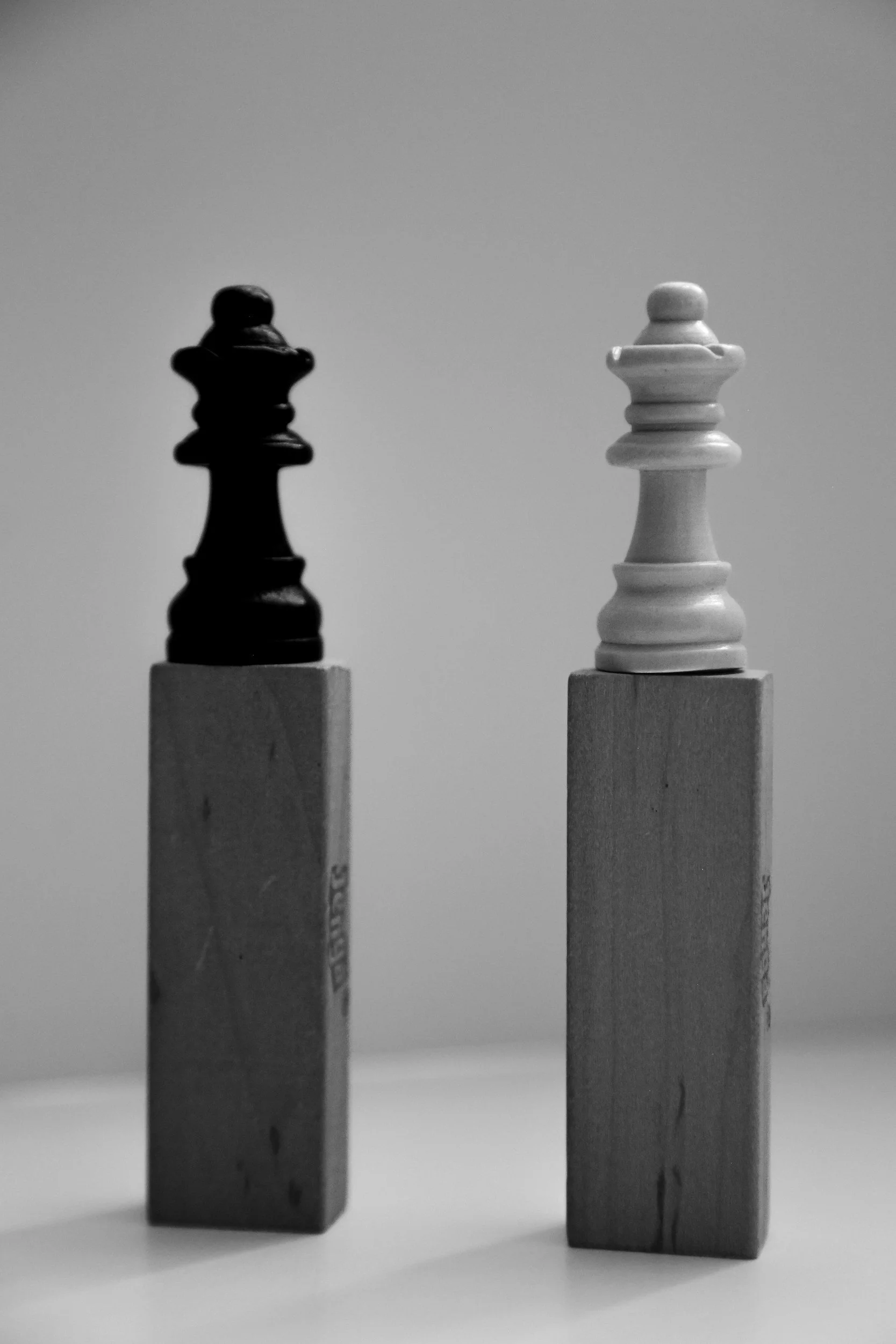The Medicine in the Middle: Choosing Wholeness Over War
Everywhere you look in today's world, suffering is alive and spreading like wildfire. Through technology, we're more exposed than ever to global tragedy—shootings, wars, elections, breakups, conflicts both large and small. When we don't like what is happening or how we feel, we often reach for the quickest relief: blame. And usually, we direct that blame outward.
The Cycles of Division We All Get Caught In
We begin to notice a theme in the human story: we are emotional beings, drawn into repetitive dramas where two sides split and oppose one another. A fight with your partner. A political argument. Heated debates about women's bodies. Like our sporting events, someone must win, which means someone else must lose.
Us vs. Them. Right vs. Wrong. Good vs. Bad. Light vs. Dark. West vs. East.
We create these oppositions in our politics, our communities, and our most intimate relationships.
Over time, we've created a world that continually splits us in two. We defend against others the way we play defense in a game. We fear losing something: pride, ego, status, reputation. We protect ourselves with words as weapons, sometimes with actions, and often with mental preoccupations fueled by anger or revenge.
Or we believe we must prove something—that our side is superior, more moral, more informed. We see this in our political climate and in our relationships. We talk more than we listen. Loudness becomes dominance, and yet, it often communicates very little.
Turning Inward— How Inner Division Mirrors Outer Conflict
As with most things in the outer world, the same patterns take root within us. The collective dramas we participate in mirror the inner world we carry.
When we are clear, whole, and grounded internally, it becomes much easier to move through the larger world without being overtaken by its turmoil.
If we feel pressure to embody a particular kind of strength—often a masculine-coded toughness—we may split off from our emotional lives, fearing what our feelings might reveal about us. Women experience this too, encouraged to suppress their femininity to succeed in systems built by and for men. Some women suppress their masculine authority and rely on a partner to hold that energy for them.
No matter the form, our split is rooted in fear and denial of vulnerability. And regardless of gender or presentation, to be human is to be vulnerable. It is challenging to face the truth that, no matter how strong or wise we become, we can still be hurt. We can lose what we love. We can, and eventually will lose everything.
Existential fear is everywhere. We fear our own impermanence and project responsibility for that fear onto others.
The Third Option: Beyond the Either/Or
There is something available to us outside the familiar game. If only we consider and look beyond what we already know.
When we begin to witness the pattern rather than participating in it, we discover a new route. We can question our narratives and step off the well-worn paths of either/or thinking. We can learn to hold two truths at once—we develop tolerance to stay in the gray, the unknown.
Transformation rarely comes from choosing a side; it comes from choosing a different vantage point altogether.
Black-and-white thinking is a defense against confusion, complexity, and overwhelm. When we're scared or unsure, we simplify. But emotional maturity requires tolerating complexity. We can love someone who also hurts us. We can long for closeness and fear intimacy at the same time. Very little in life is all Good or all Bad. But all of life simply is.
When we label too quickly, unconsciously, without awareness, we often create unnecessary suffering.
Holding the Tension—Where Healing Begins
Inner transformation deepens when we stop projecting our fears and pain onto others. Instead of making someone else "the bad one," we learn to reflect on our own part in the dynamic. Instead of making ourselves the villain, we consider where we deserve patience and compassion.
We react less because we've practiced slowing down and feeling what is happening inside us. We learn from our pain and regrets rather than repeating them.
This is how we find our wholeness—the inner oneness that can actually hold it all: the parts of us we like and the parts we don't; the beautiful feelings and the difficult ones.
The split creates the pain. But we fall prey to the belief that we must be at war. Disconnection, shutting down, or cutting off is a response to fear. Yet the longer we remain disconnected, the more pain it produces.
It's not just about listening to "the other side," though curiosity is always valuable. It's about dropping the entire framework of war inside ourselves.
When we stay with discomfort just a moment longer, we realize it doesn't destroy us. We learn that we can tolerate the scary, the painful, the confusing—and that doing so often leads to growth. We test our edges and find that we can meet them. Many of the stories fear tells us turn out not to be true.
The Path to Wholeness
Living in a black-and-white world is easy; it produces more of the same. Polarization intensifies when we cling to a single perfect or correct way. Healing begins when we shift—when we can sit in the tension rather than fight it.
The beautiful irony is that the solution to all the suffering has been in the tension all along. The "medicine" is found inside the difficulty, not outside it.
So much suffering comes from labeling ourselves as good or bad. We simplify to make meaning, but in doing so, we flatten the richness and complexity of our lives. Wholeness comes when we choose not to split, not to simplify, not to war against ourselves or others—but to stay present, stay curious, and stay in the gray, and stay open to seeing what comes next. That's where true transformation begins.
Choosing wholeness over war—both inside ourselves and with others—is not a passive act. It is a courageous practice. When we step out of the familiar patterns of blame, defensiveness, or avoidance, we open the door to genuine transformation.
Holding the tension, staying in the gray, and allowing ourselves to feel fully is where true healing begins. This is the path toward integration, emotional resilience, and more fulfilling relationships.
If you recognize patterns in your life, psychotherapy can support you in moving from survival to presence, and from fragmentation to wholeness. Feel called to a free consultation? Reach out today.



